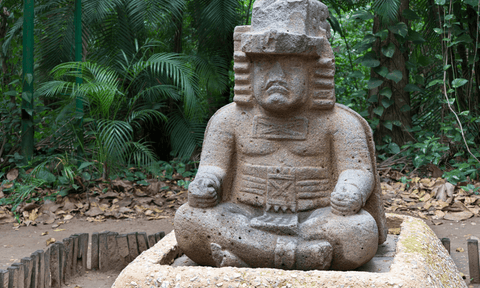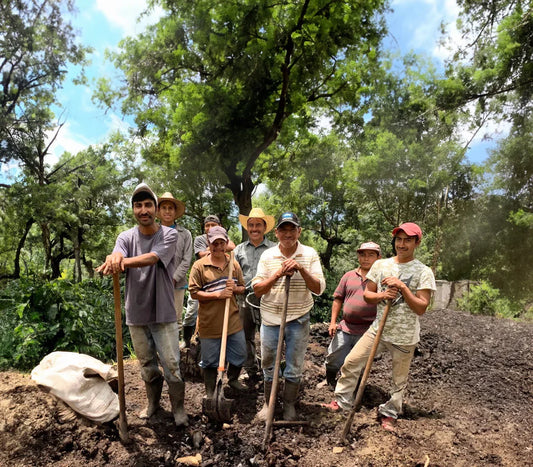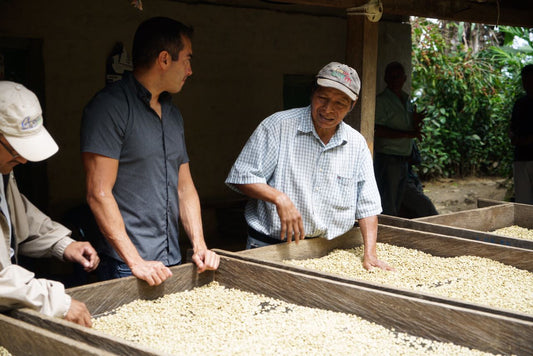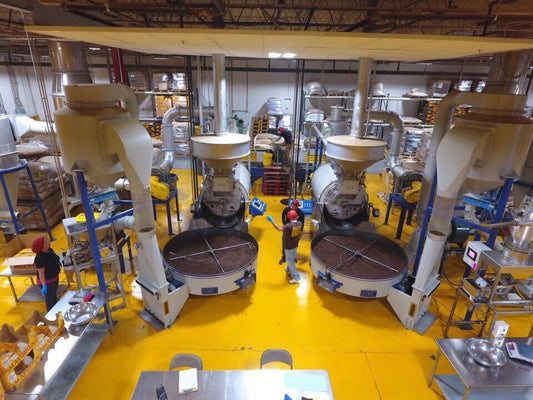
Embracing Cultural Legacy: Honoring Indigenous Civilizations
Embracing Cultural Legacy: Honoring Indigenous Civilizations
In the grand scheme of human history, there exist threads of cultural brilliance woven by indigenous civilizations that often go unheard – especially in Anglo-American cultures, where narratives of the minority or marginalized are often overlooked. These stories, however, are vital if we are to understand the resilience, innovation, and perspectives that define indigenous communities. Centered around the Three such communities are the Olmecs, the Chachapoyas, and the Guayabos; let’s take a look at the remarkable attributes and lingering impact of these civilizations..

The Enigmatic Olmec Legacy
The Olmec civilization, active in what today we know to be Mexico from 1200 BCE to 400 BCE, remains obscured in mystery. Recognized as the "mother culture" of Mesoamerica, the Olmec left a lasting impact on subsequent societies, yet their remarkable achievements are often overlooked.
One unique attribute of the Olmec was their mastery of colossal stone sculptures, leaving behind large stone heads that, to this day, continue to puzzle historians. Dr. Ana Ramírez, an archaeologist specializing in Mesoamerican cultures, reflects on the Olmec's contributions: "The Olmec's stone sculptures were not only monumental in size but also embodied a sophisticated artistic style, highlighting their advanced craftsmanship." However, the scarcity of written records poses a challenge in understanding their society and its intricacies.

The Cloud Warriors: Chachapoya's Unconquered Spirit
High in the cloud-covered mountains of northern Peru, the Chachapoya civilization thrived between the 9th and 15th centuries. Often referred to as the "Warriors of the Clouds," the Chachapoya built intricate stone structures and displayed remarkable skill in weaving and ceramics. Their story however, has been often overshadowed by the Inca Empire.
The Chachapoya were known for their architectural skills and built elaborate structures, including fortified hilltop settlements and intricate cliffside tombs. One notable example is the Kuelap fortress, which is often referred to as the "Machu Picchu of the North." Situated on a mountaintop, Kuelap features massive stone walls, circular buildings, and intricate carvings, showcasing the Chachapoya's engineering prowess and cultural sophistication.
The Chachapoya had distinctive burial practices, which reflected their connection to the cloud forests that surrounded their settlements. They constructed impressive cliffside mausoleums known as "purunmachus," where they placed their deceased. These tombs were often perched on precarious cliff edges, blending with the natural environment. The Chachapoya believed that these elevated burial sites provided a spiritual connection between the living and the afterlife.
Anthropologist Dr. Sofia Martínez describes the Chachapoya's unique attributes: "Their architectural feats, such as the fortress of Kuelap, demonstrate their mastery of stone construction and defensive strategies." Despite their fierce resistance to Inca conquest, the Chachapoya's history remains relatively unknown, limiting our understanding of their cultural achievements.

The Guayabo Culture
One of the lesser-known indigenous civilizations in Latin America is the Guayabo culture, which thrived in what is now Costa Rica from around 1000 BCE to 1400 CE. The Guayabo civilization, also referred to as the "Lost City of Costa Rica," is a fascinating ancient society that often goes unmentioned in historical narratives.
The Guayabo culture left behind remarkable archaeological sites that provide insights into their advanced society. The most notable of these sites is the Guayabo National Monument, a pre-Columbian city in the rainforests near the Turrialba Volcano. The city showcases the Guayabo's impressive urban planning, featuring intricate road systems, aqueducts, and stone foundations.
Despite the limited information available about the Guayabo culture, it is believed that they developed a complex social structure and were skilled in agriculture, pottery, and metallurgy. Their ability to construct extensive water management systems demonstrates their impressive understanding of engineering and environmental adaptation.
One significant aspect of the Guayabo civilization is its spiritual and ritual practices. The Guayabo National Monument features ceremonial areas, carved stone spheres, and petroglyphs, suggesting the importance of religious beliefs and rituals in their society.
Unfortunately, much of their spiritual practices remain shrouded in mystery due to the lack of written records. While the Guayabo civilization may not be as widely recognized as some of the more famous ancient civilizations in Latin America, such as the Maya or the Inca, their legacy and contributions to Costa Rican history and culture should not be overlooked. Efforts are underway to preserve and study the Guayabo National Monument, shedding light on the rich and intriguing past of this indigenous civilization.
It is no secret that Latin America has a rich and complex culture and history, built on foundations laid by ancestral civilizations. Stone sculptures of the Olmec, the spirit of the Chachapoya, and the mounds of the Guayabo culture serve as testaments to the creativity, resilience, and diverse cultural legacies of these civilizations
There is no doubt that Latin America has always been both resourceful and spiritual, and it is about time we took a leap forward to forge a path toward a more comprehensive understanding of our shared human heritage, ensuring that the voices of the unspoken are heard and preserved.


